Equipment
Everything you need to know about the Project X LZ iron shafts
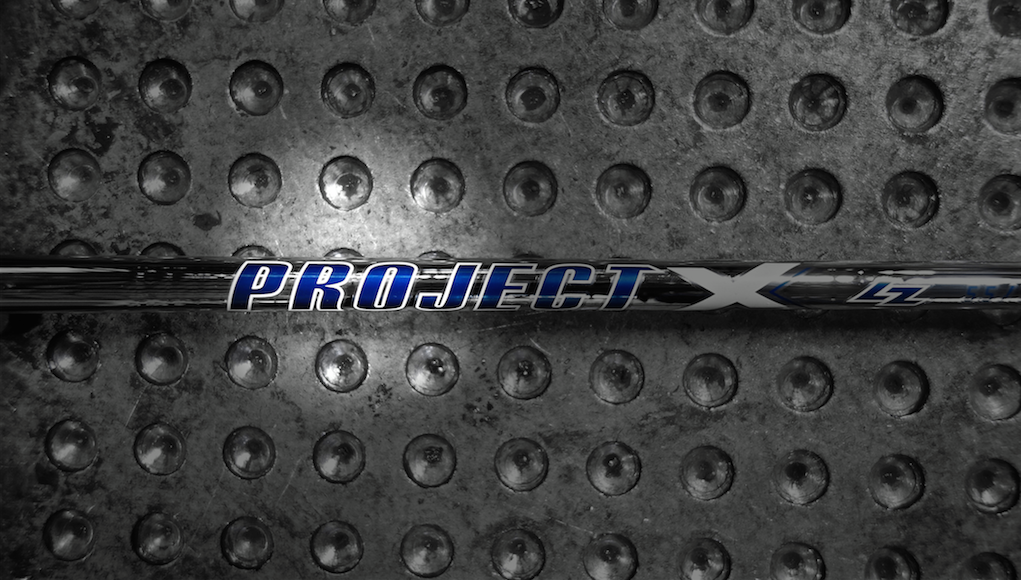
When golfers think of iron shafts played on the PGA Tour, two models generally come to mind. The first is the most-used shaft on the PGA Tour, True Temper’s Dynamic Gold. It’s been the leading choice of serious golfers for nearly four decades. The second is another True Temper shaft. Called Project X, it has been around a little more than a decade, and is the second-most played shaft on the PGA Tour.
It’s starting to feel as though True Temper’s new Project X LZ iron shafts could be another classic in the making, with three high-profile wins in the last four months. Adam Scott used the shafts to win the Honda Classic and WGC-Cadillac Championship, while James Hahn won with the shafts the first week he used them at the Wells Fargo Championship.
What’s different about the Project X LZ shafts, and what can they do for your game? We asked Don Brown, True Temper’s Director of Golf Innovation.
WRX: What’s the difference between the Dynamic Gold, Project X and Project X LZ iron shafts?
DB: Dynamic Gold and Project X share very similar performance profiles. Both are low- launch, low-spin shafts that weigh roughly 125 to 135 grams and both have reinforced tip sections. While their launch conditions are very similar, their EI profiles and feel are very different. Dynamic Gold has a tip section that changes in length (distance to the first step) as you move through the set. Project X, on the other hand, has a 2-inch tip section on every shaft in the set. These differences create a much different feel for these two similarly preforming shafts.
Project X LZ is a different design all together. The PX LZ has both a reinforced tip and butt section, which creates a mid-section that is more active. This allows the shaft to load more and provides exceptional feel. This three-wall design is very unique to the steel golf shaft industry. The PX LZ also has a series of very small micro steps in the midsection to enhance the loading zone even further. It will provide a mid-launch angle with a flat apex.
WRX: How long was the Project X LZ shaft in development? What challenges were there in its design?
DB: As we were seeing the great results with our early prototypes of graphite Project X LZ in late 2013, we immediately began to think if we could see the same benefits in a steel shaft. The challenge was how to create that same affect in a steel shaft. There is a lot more freedom of design with a graphite shaft, where we can easily change the different layers of graphite, as well as use different grades of graphite. In steel, you need to be able to make changes to the internal reinforcement of the shaft and are working with a singular material.
Our steel engineers spent over a year manipulating the steel trying to create the Loading Zone signature EI profile. When they still hadn’t perfected it, they realized they were going to have to do something unconventional. All of our tour shafts have reinforced tip sections for added stability and trajectory control, but for the LZ signature, we were going to have to reinforce the tip and butt sections. That presented a lot of manufacturing challenges that took many months to get right. Finally, with the tri-walled designed dialed in, we added the series of micro steps to increase the flexibility in the loading zone even more. It took almost 2 years to get the designs dialed in, and a few more months of player testing, but with the rapid tour uptake and 3 PGA wins in a few months, it was definitely worth it.
WRX: What has been the feedback from tour players?
DB: Obviously, we have had great success on Tour already with several major champions putting the shafts in play, and over a dozen different players having added it to their bags.
A lot of the players who are adding it are looking to work and flight the ball a little more than they can with the traditional low-launch, low-spin products that dominate the Tour. I think we are seeing players being more receptive to new technologies like LZ and (True Temper’s Dynamic Gold) AMT, as opposed to sticking with traditional designs and weights.
WRX: How do PGA Tour players test new iron shafts? Are they more concerned with what their launch monitor says, what their ball flight does, or what they’re feeling during their swing?
DB: For irons we use the launch monitor, but the data doesn’t figure into decisions as much as it does with drivers. With a driver, the numbers are usually king, and a good range session with a driver shaft can be enough to switch. With irons, it’s more about feel and ball flight. Players aren’t worried as much about distance; they want to see a trajectory and ball flight that they like, and have a feel that gives them confidence.
If a player is satisfied with his current irons, it will usually take a couple rounds of testing before he will consider switching. A player who is searching might switch in the same week, but not without some on-course testing first.
WRX: Some tour players use the same shafts in their irons as they do in their wedges. Others use the same model, but one flex less in their wedges. A smaller group of tour players use completely different shafts, or those specifically design for wedges. Is the Project X LZ a good wedge shaft?
DB: With wedges, usually we see the pitching wedge is the same shaft as the set, and the other wedges can be independent. With our LZ players, we have some who have gone to LZ through the set, some who stuck with their existing wedges shafts and one player who is still testing LZ in his irons, but has put LZ into his gap and lob wedges.
LZ certainly can work well as a wedge shaft, but for many players wedges are about confidence and feel, so we don’t see players switch their gap, sand and lob wedges shafts very often.
WRX: Anything else we need to know, Don?
DB: I encourage all GolfWRX readers to give the LZ shafts a try at a demo day or club fitter. The technology in these shafts is really unique, and provides a different performance and feel than anything else out there on the market. PX LZ are available now from our PFC dealers, and many of the OEMs have already added them to custom or will be adding them very soon.
WRX: Thanks Don.
- LIKE390
- LEGIT47
- WOW23
- LOL11
- IDHT13
- FLOP12
- OB8
- SHANK26
Whats in the Bag
Eric Cole WITB 2024 (March)
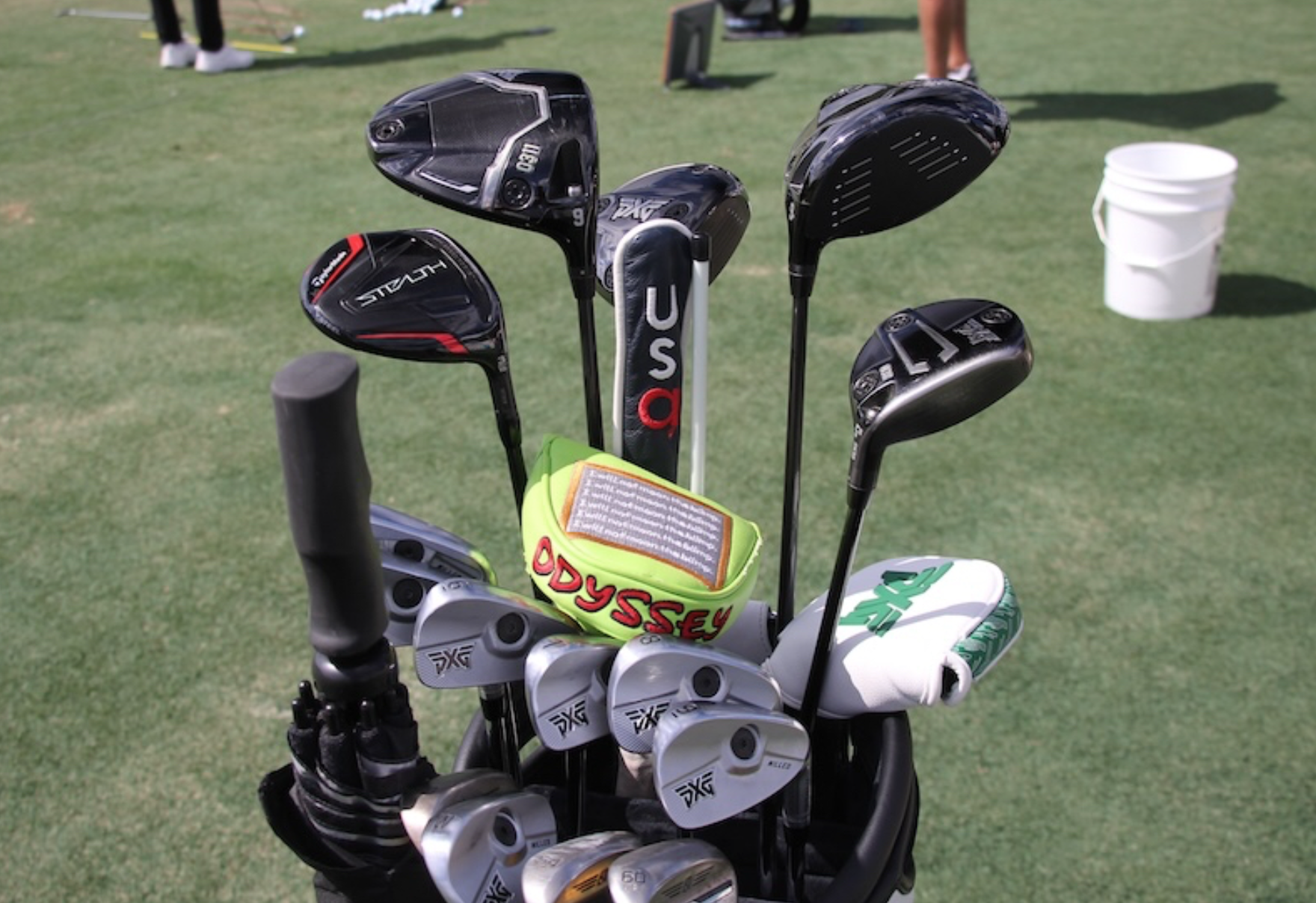
- Eric Cole what’s in the bag accurate as of the Cognizant Classic.
Driver: PXG 0311 Black Ops (9 degrees)
Shaft: Project X Even Flow Riptide LX Proto 70
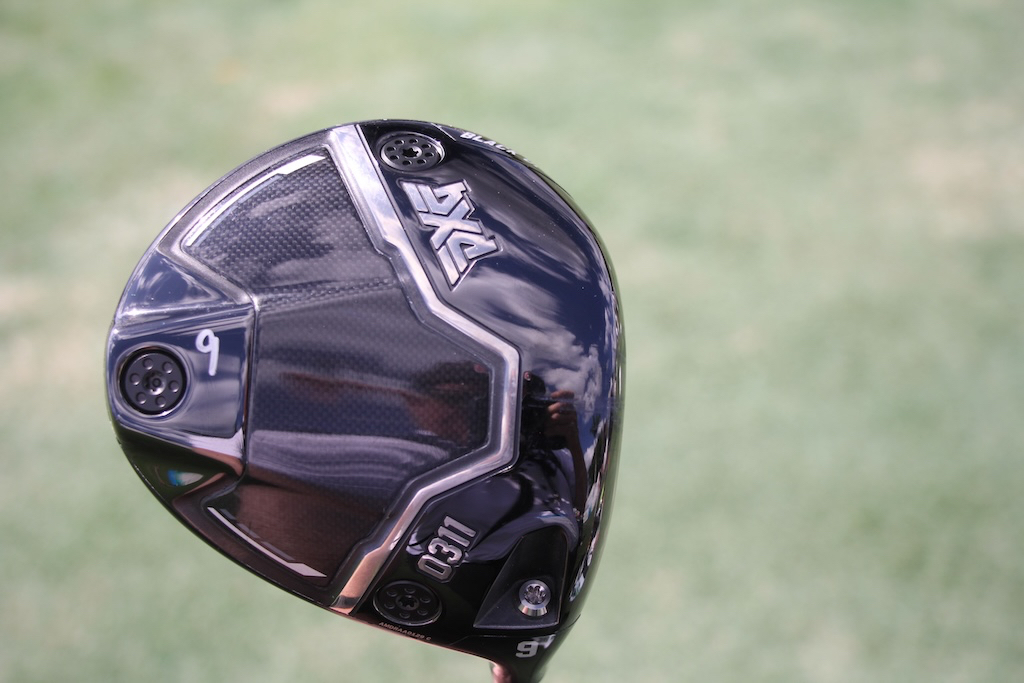
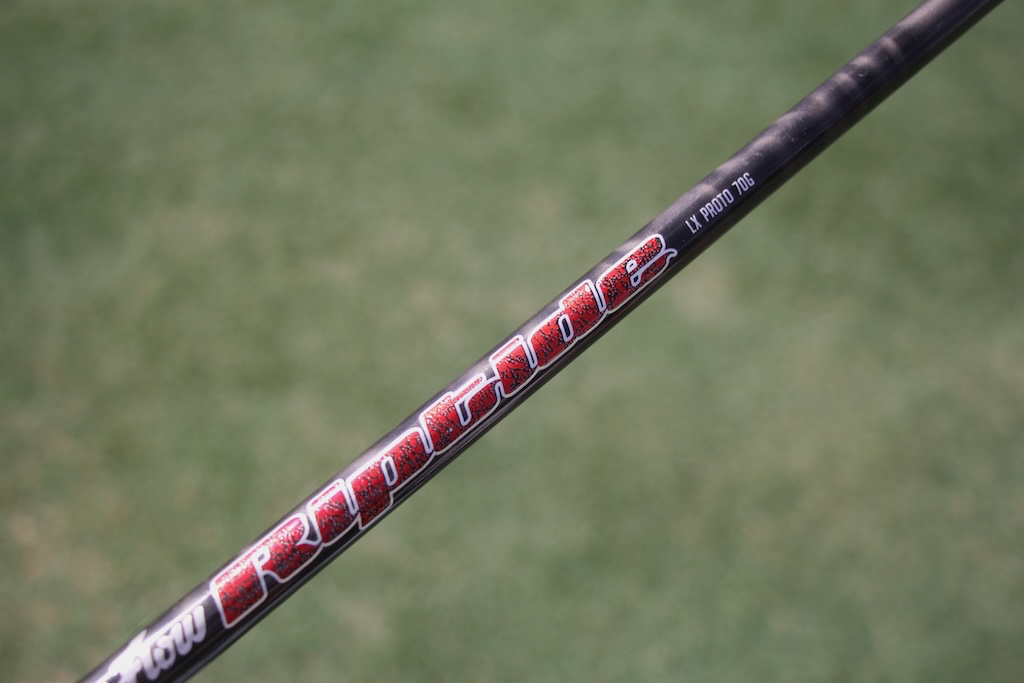
3-wood: PXG 0311 Black Ops (15 degrees)
Shaft: Project X Denali Black 70 TX
3-wood: TaylorMade Stealth (15 degrees)
Shaft: Project X Denali Black 70 TX
5-wood: PXG Gen5 0311 (18 degrees)
Shaft: Project X HZRDUS Black 95 TX
Irons: PXG 0317 CB (4), PXG 0317 ST (5-PW)
Shafts: True Temper Dynamic Gold Tour Issue X100
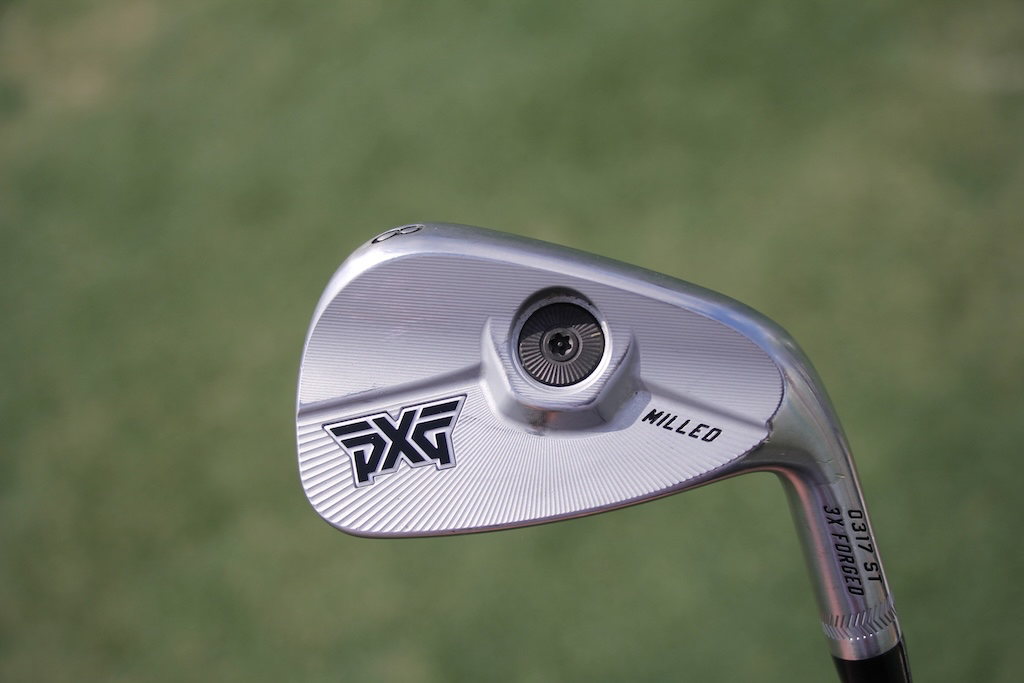
Wedges: Vokey Design SM10 (50-12F, 54-10S, 60-04T)
Shafts: True Temper Dynamic Gold Tour Issue S400
Putter: PXG Battle Ready II Bat Attack, Odyssey O-Works 2 Ball CS
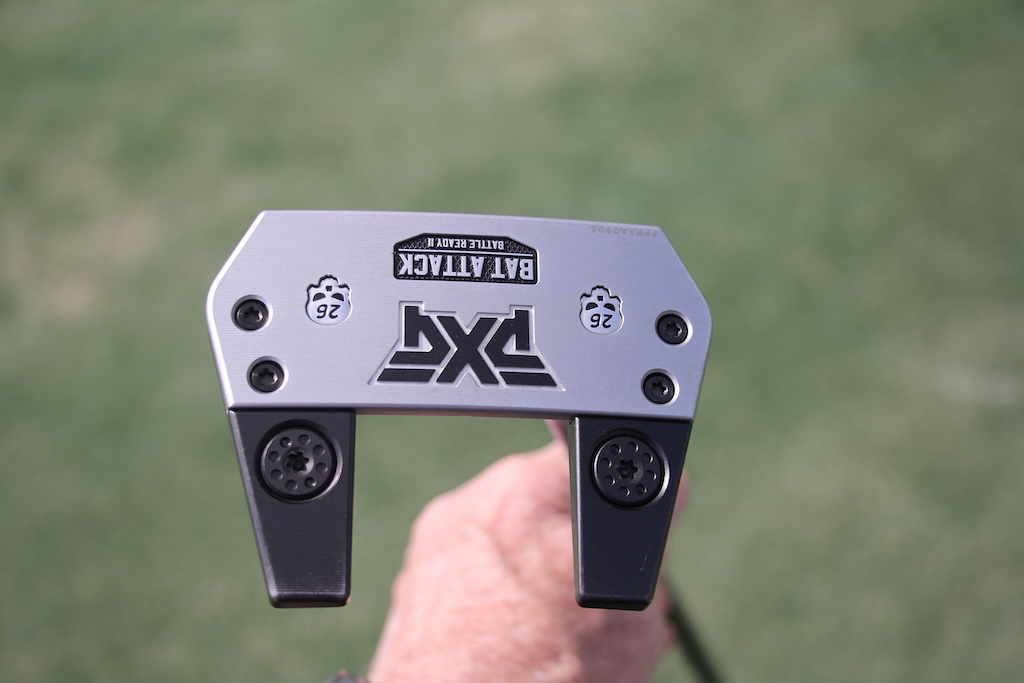
Ball: Titleist Pro V1x
- LIKE0
- LEGIT1
- WOW0
- LOL0
- IDHT0
- FLOP0
- OB0
- SHANK0
Whats in the Bag
Rose Zhang WITB 2024 (March)
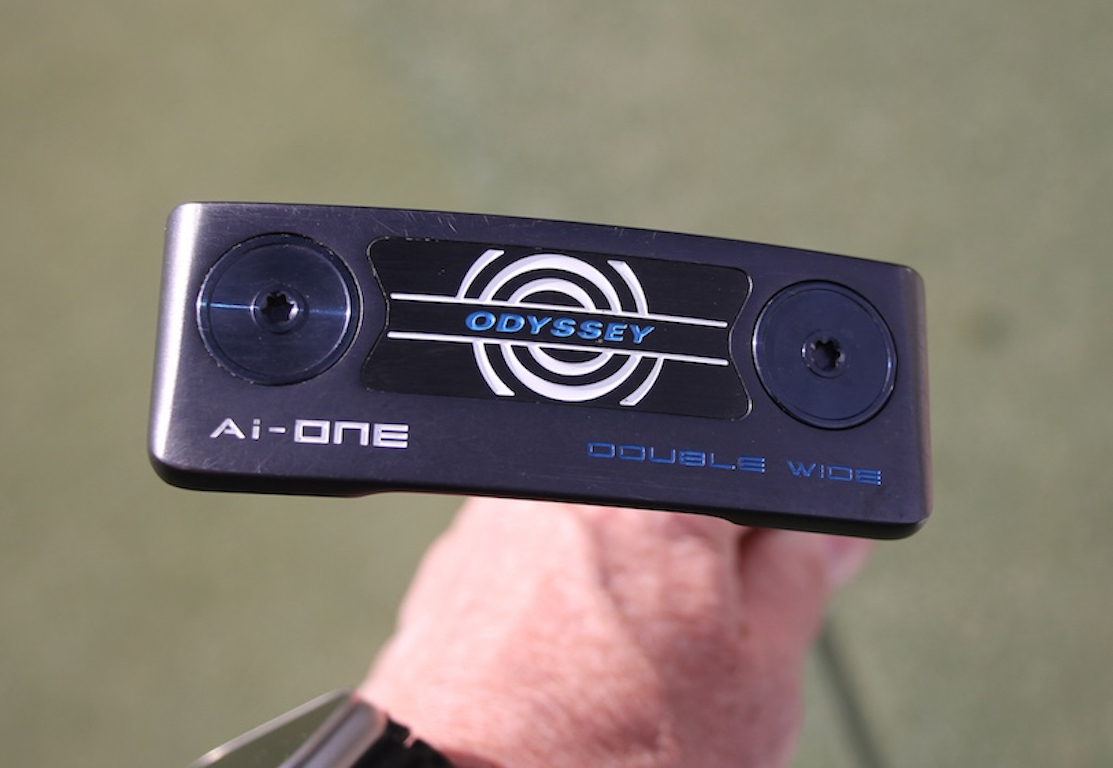
Driver: Callaway Paradym Ai Smoke Triple Diamond (9 degrees @9.5)
Shaft: Fujikura Ventus Red 5 S (45.5 inches)
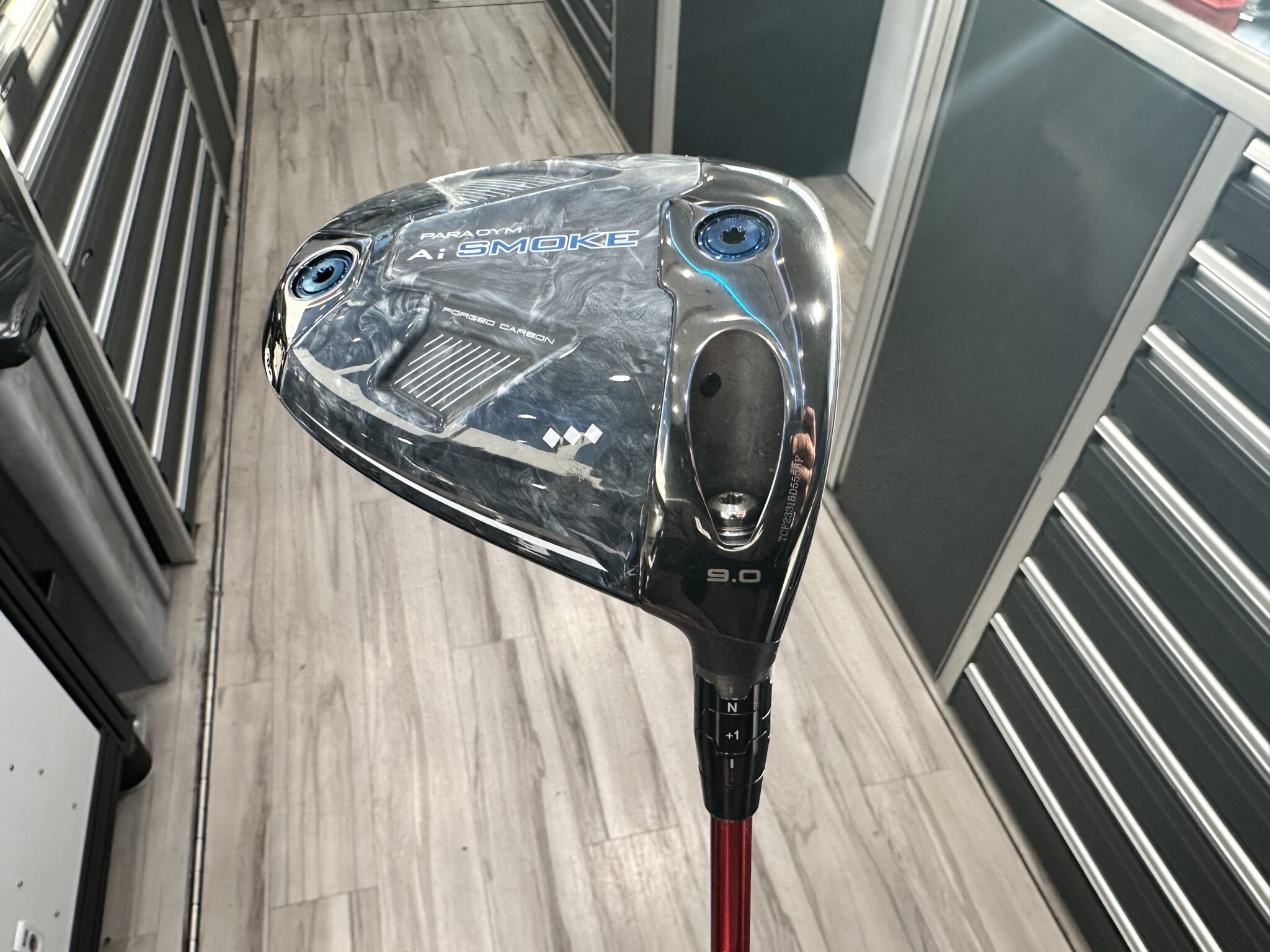
(Photo via Callaway Golf)
3-wood: Callaway Paradym Ai Smoke Max (15 degrees @14.5)
Shaft: Fujikura Ventus Red 6 S (43 inches, tipped 1 inch)
5-wood: Callaway Paradym Ai Smoke Max (18 degrees)
Shaft: Fujikura Ventus Red 6 R (42 inches, tipped 1 inch)
Hybrid: Callaway Paradym Ai Smoke (21 degrees @22)
Shaft: KBS Tour Hybrid 75 R
Irons: Callaway X-Forged Star Japan (5-PW)
Shafts: Nippon 850GH R
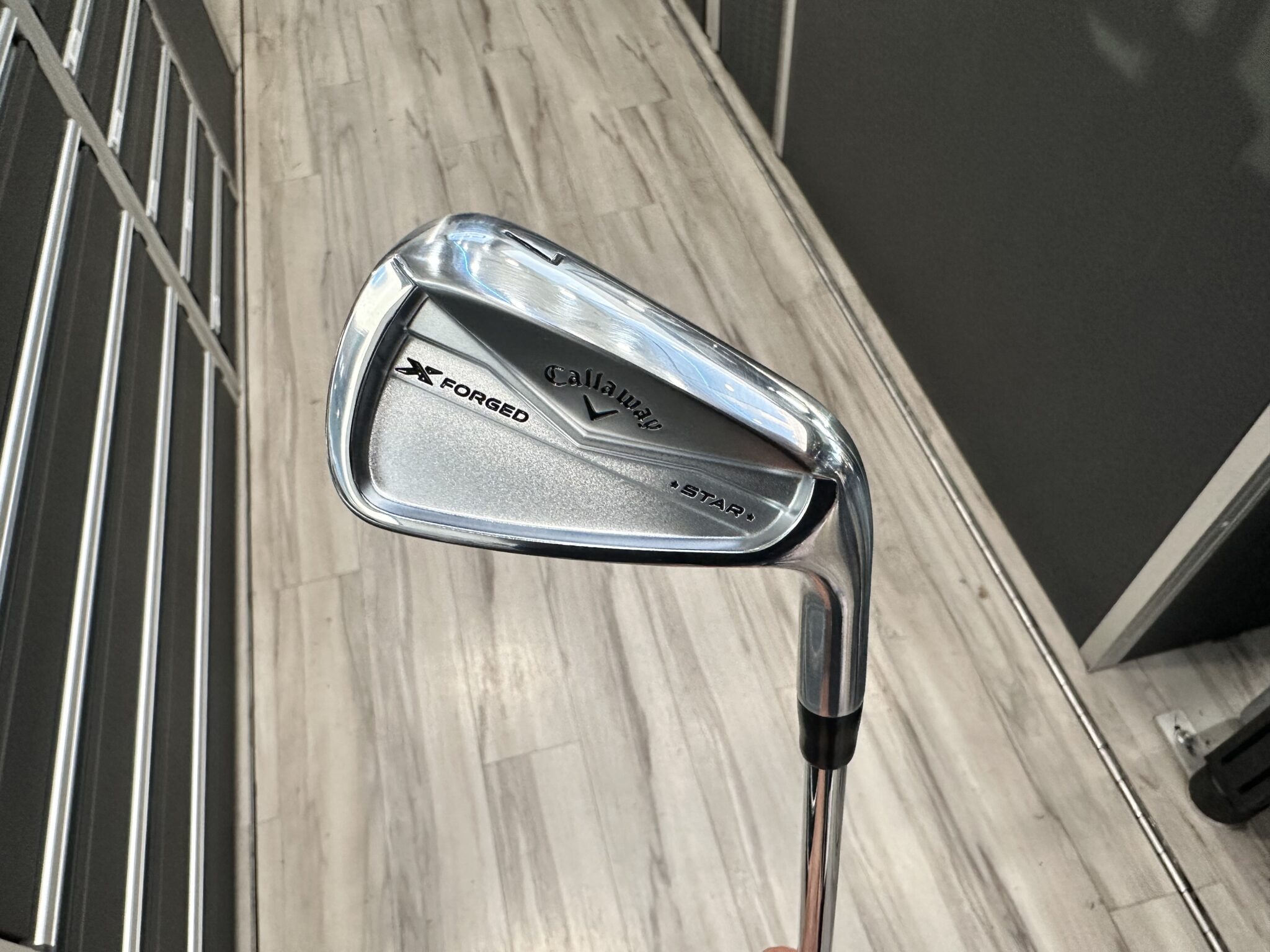
(Photo via Callaway Golf)
Wedges: Callaway X-Forged Star Japan A (49), Callaway Jaws Raw (54-10S, 58-08C)
Shafts: Nippon 850GH R
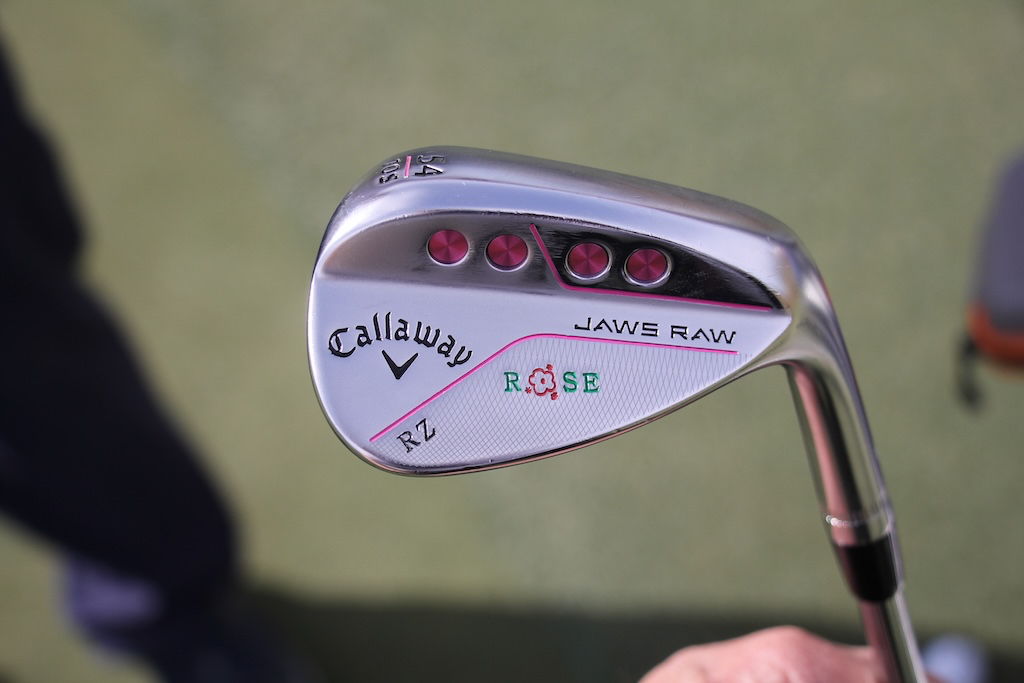
Putter: Odyssey Ai-One Double Wide
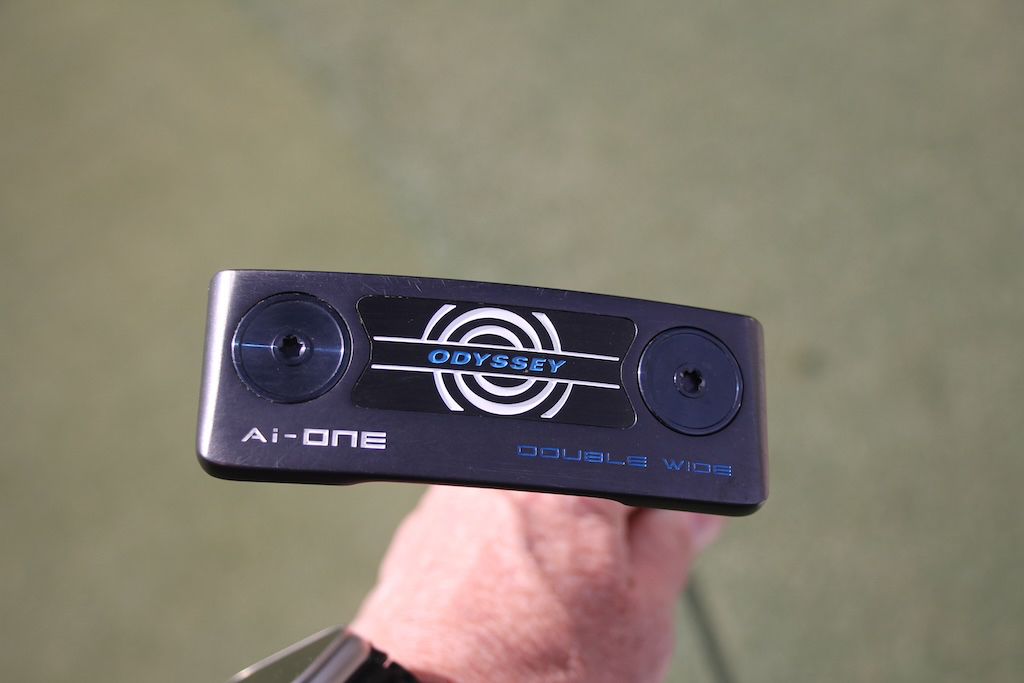
Grips: Golf Pride Tour Velvet
Ball: Callaway Chrome Tour X+
- LIKE8
- LEGIT0
- WOW1
- LOL0
- IDHT0
- FLOP0
- OB0
- SHANK0
Equipment
Best fairway woods of 2024: Expert club fitters recommend the most versatile and forgiving options

Whether it be hitting approach shots into longer par 4’s and par 3’s, going after par 5’s in two, or just trying to hit more fairways off the tee — finding the best fairway wood of 2024 to fit your needs is a must as you fill your golf toolbox.
 Looking at the best fairway wood playing field for 2024, we continue to see more fairway wood options from every manufacturer. What used to be a single model release has been expanded to three — and in some cases even four — driver D.N.A.-infused models to fit specific player types.
Looking at the best fairway wood playing field for 2024, we continue to see more fairway wood options from every manufacturer. What used to be a single model release has been expanded to three — and in some cases even four — driver D.N.A.-infused models to fit specific player types.
These new fairway woods impress us with their ability to utilize new technology and construction methods to go faster, and further, while also offering never-before-seen levels of forgiveness. It’s now easier than ever to find the right one that matches your swing.
That being said, ultimately the best way to find the best fairway woods for you is to work with a professional fitter using a launch monitor. The difficult part is a lot of people don’t have easy access to fitters, launch monitors, and club builders — so at GolfWRX — with the help of our panel of expert fitters — we have done a lot of the work for you to narrow down your short list of fairway woods to demo.
Best fairway woods 2024: The categories
We have broken our 2024 best fairway wood list into two categories.
- Best fairway wood for golfers seeking forgiveness
- Best fairway wood for golfers seeking versatility
We selected this format for fairway woods in cooperation with fitters because every golfer prioritizes one of these two elements, regardless of age, handicap, or sex. And for many golfers, forgiveness is the number one factor when selecting a fairway wood.
Most versatile fairway woods of 2024

Ping G430 Max
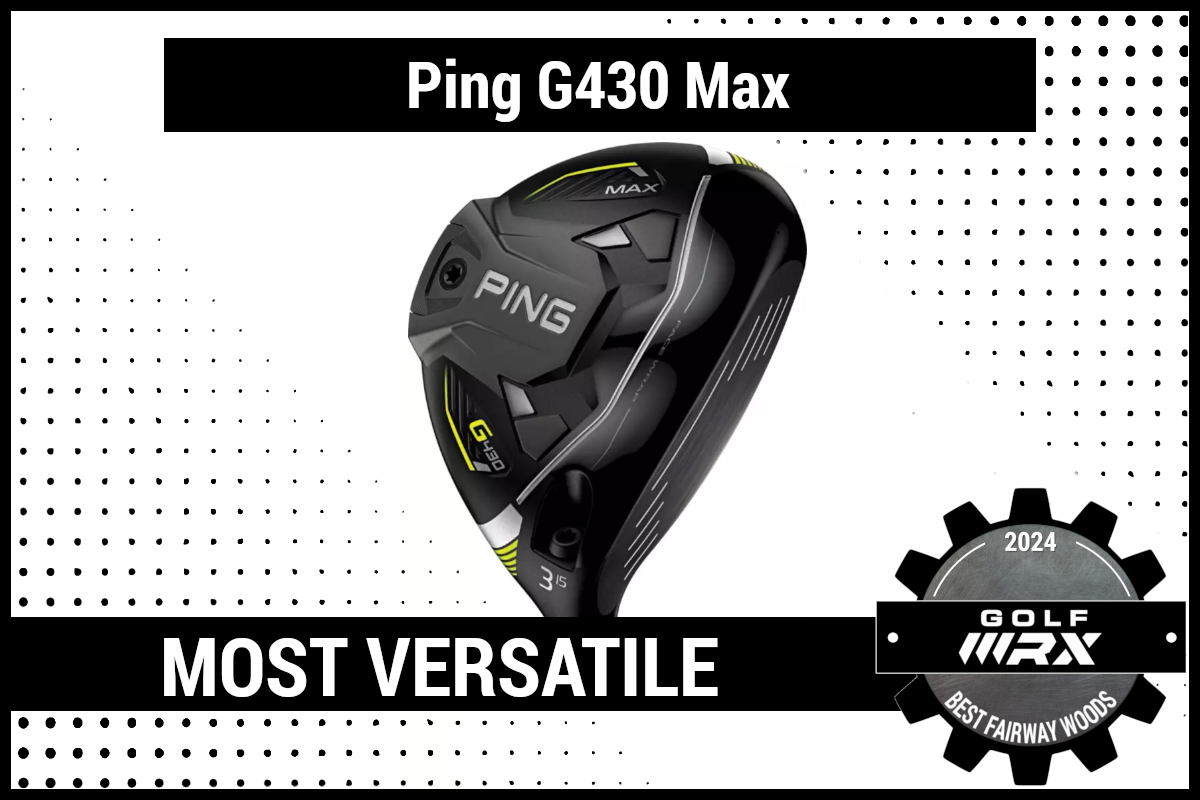
Ping developed Carbonfly Wrap in a bid to deliver more distance by positioning the CG closer to the face to maximize ball speed, resulting in higher, longer carries. The lightweight composite crown wraps into the heel and toe sections of the skirt, creating weight savings of 10 grams, which are reallocated to achieve the lower CG and increase ball speed. The composite also plays a role in the pleasing sound, while a tungsten backweight extends the perimeter weighting to ensure forgiveness.
For the full technology breakdown, check out our launch piece.
Callaway Paradym Ai Smoke Max

Ai Smart Face — the centerpiece of Callaway’s Paradym Ai Smoke drivers — is also the key technology of new Callaway Paradym Ai Smoke fairway woods and hybrids. As with the drivers, the carbon chassis is lighter, allowing for 24 grams of weight to be redistributed throughout the head for enhanced launch, spin, and forgiveness. As utilized in Paradym, engineers leverage a tungsten speed cartridge to push CG low and forward.
For the full technology breakdown, check out our launch piece.
Titleist TSR2
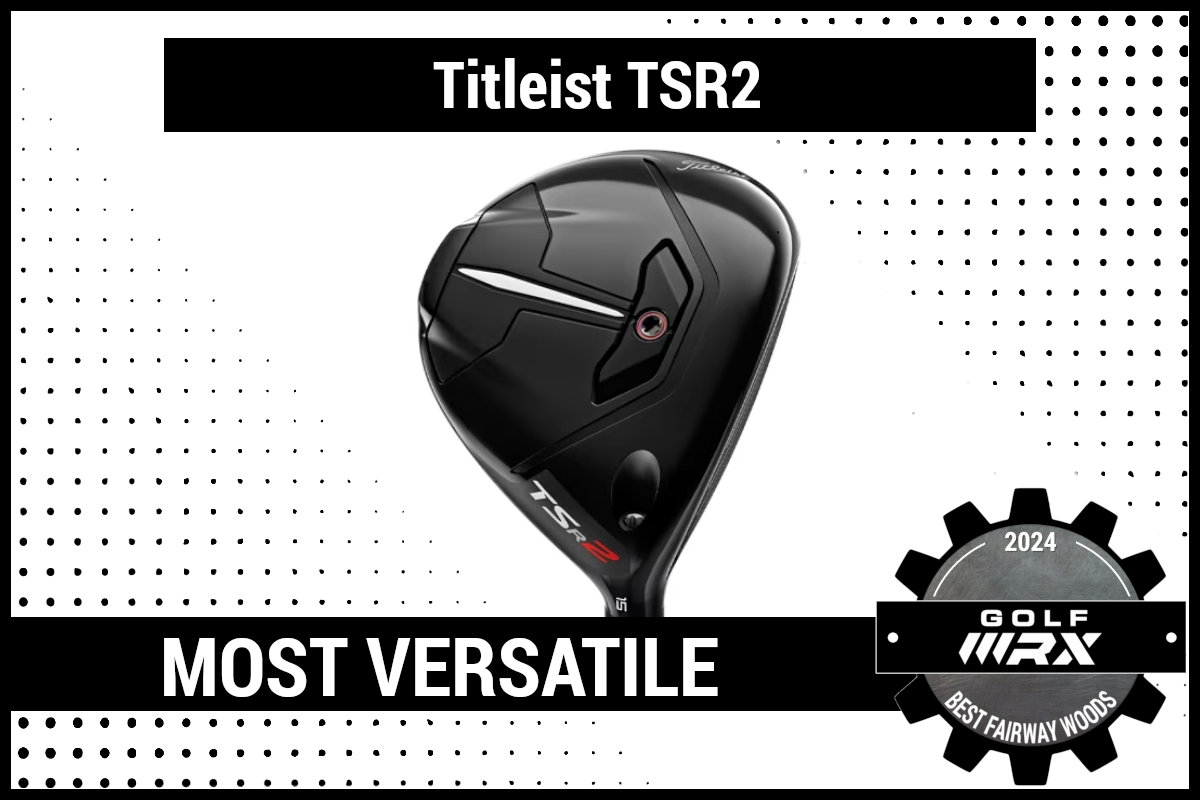
TSR2 fairways feature the lowest CG in Titleist history for an all-steel construction designed to create speed and launch without excessive spin. New Open Hosel Construction created space for sizable improvements to key areas of performance by removing unwanted weight high and towards the heel.
For the full technology breakdown, check out our launch piece.
TaylorMade Qi10 Tour

The Qi10 Tour model uses a multi-material titanium-carbon construction and offers a more compact head shape, equipped with a moveable 50-gram weight in the sole for precise weight placement. By placing the sliding weight further back in the head, golfers can achieve a higher launch and more stability, whereas placing the weight further forward helps achieve a lower-spin and more penetrating ball flight.
For the full technology breakdown, check out our launch piece.
Titleist TSR3
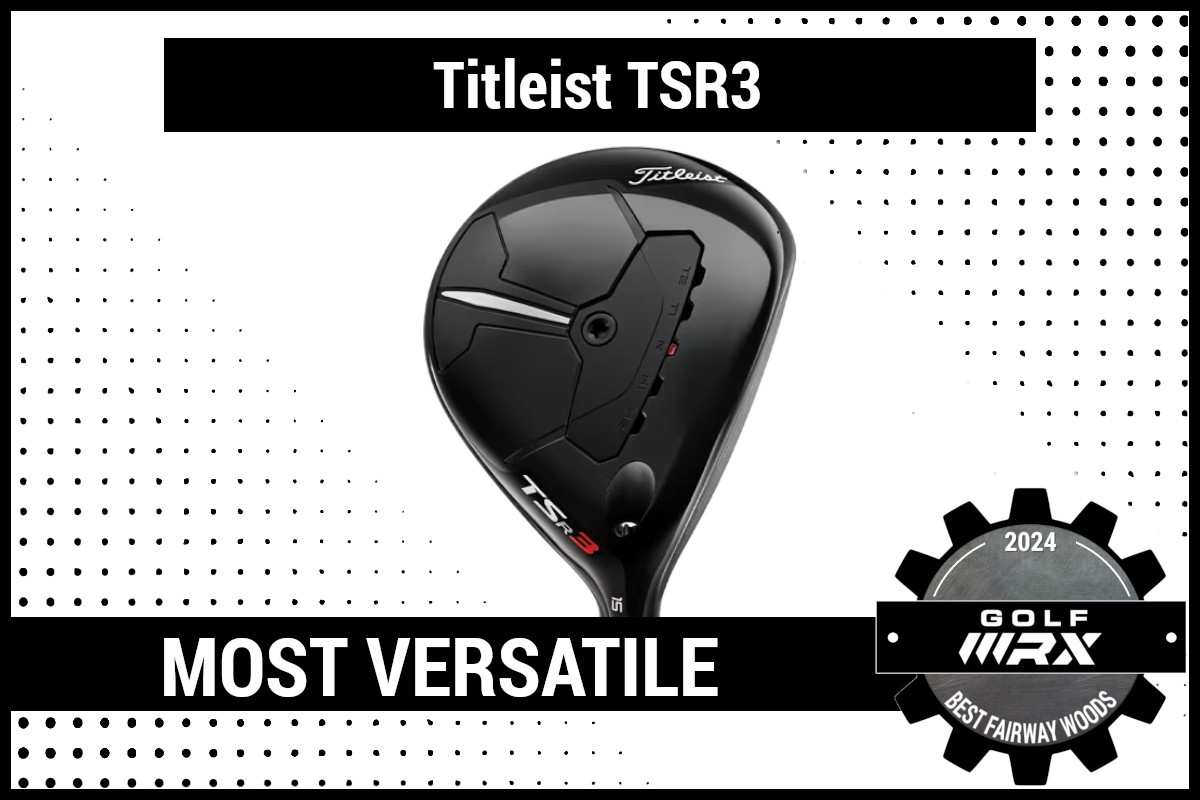
Titleist’s adjustability-focused fairway wood is designed with a new, easy-to-adjust 5-position SureFit Adjustable CG Track System to fine-tune performance. It features the same Open Hosel Construction as TSR2 fairways. The TSR3’s CG has been positioned deeper, slightly lower, and closer to face center to provide easy, high launch with plenty of forgiveness.
For the full technology breakdown, check out our launch piece.
Most forgiving fairway woods of 2024

TaylorMade Qi10 Max
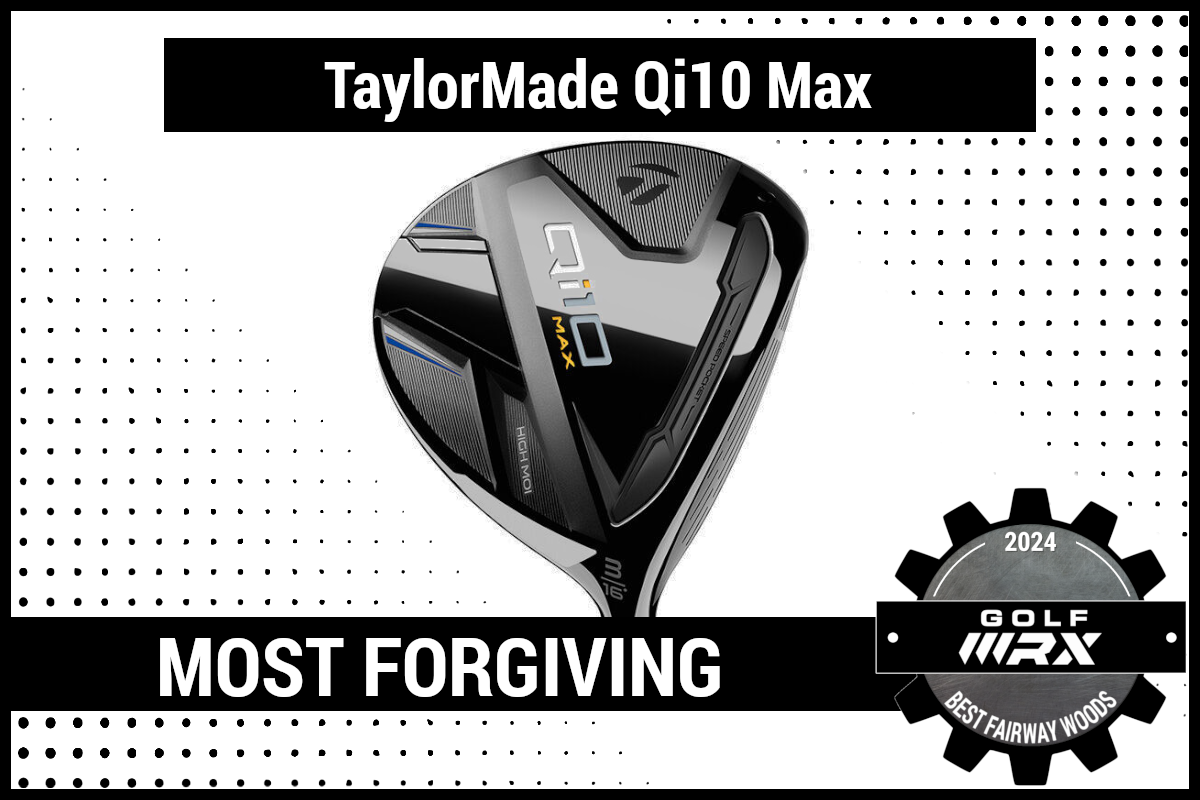
The Qi10 Max fairway wood heads use the company’s “Infinity Carbon Crown” that helped free up weight to be placed lower in the heads, helping achieve higher inertia and an enlarged face profile to boost ball speeds across their faces. Compared to the standard Qi10 model, the Qi10 Max has a larger front-to-back shape and shallower profile that’s designed for increased forgiveness and playability.
For the full technology breakdown, check out our launch piece.
Ping G430 Max

Ping developed Carbonfly Wrap in a bid to deliver more distance by positioning the CG closer to the face to maximize ball speed, resulting in higher, longer carries. The lightweight composite crown wraps into the heel and toe sections of the skirt, creating weight savings of 10 grams, which are reallocated to achieve the lower CG and increase ball speed. The composite also plays a role in the pleasing sound, while a tungsten backweight extends the perimeter weighting to ensure forgiveness.
For the full technology breakdown, check out our launch piece.
Callaway Paradym Ai Smoke Max

Ai Smart Face — the centerpiece of Callaway’s Paradym Ai Smoke drivers — is also the key technology of new Callaway Paradym Ai Smoke fairway woods and hybrids. As with the drivers, the carbon chassis is lighter, allowing for 24 grams of weight to be redistributed throughout the head for enhanced launch, spin, and forgiveness. As utilized in Paradym, engineers leverage a tungsten speed cartridge to push CG low and forward.
For the full technology breakdown, check out our launch piece.
Cobra Darkspeed Max
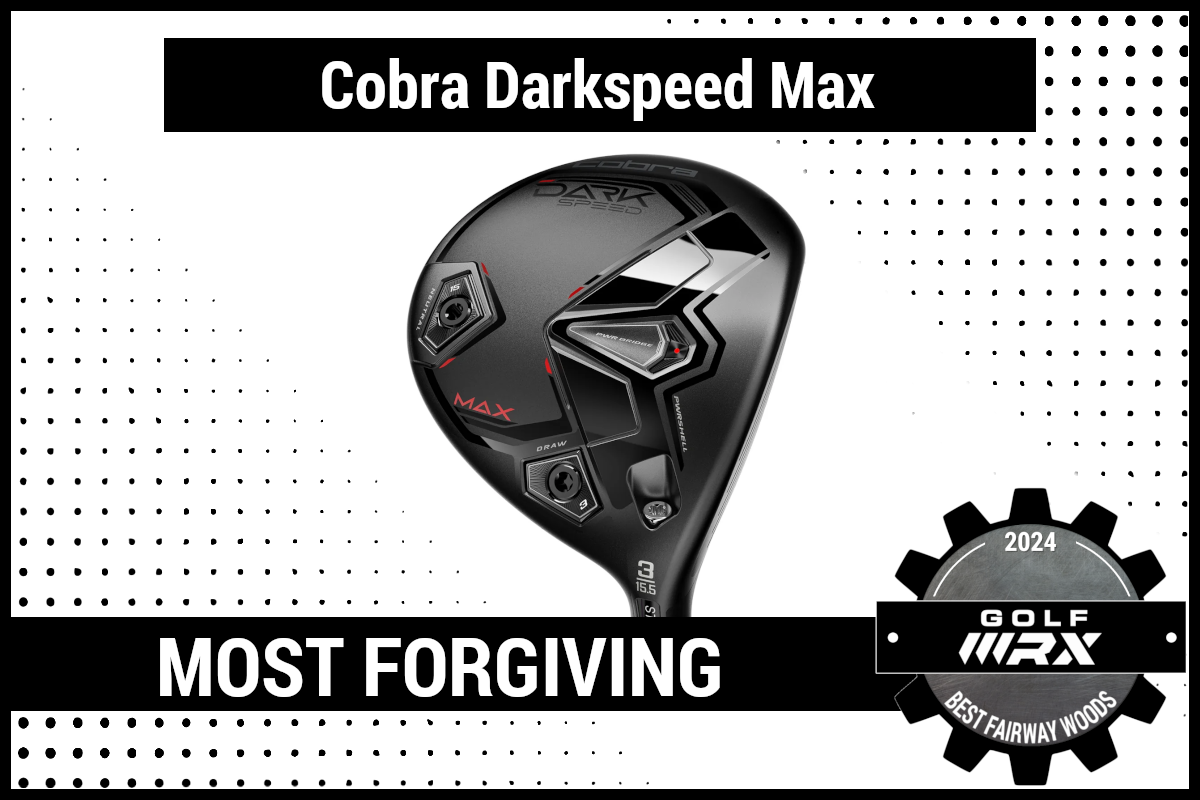
Cobra’s draw-biased model is built for the player who needs forgiveness. Depending on the weight configuration, either greater forgiveness or more draw bias can be targeted. The draw-biased Max model is the most forgiving in the lineup. Here the weights are 12 and three grams and are situated in the rear and heel of the club to achieve the desired launch and ball flight.
For the full technology breakdown, check out our launch piece.
Titleist TSR2
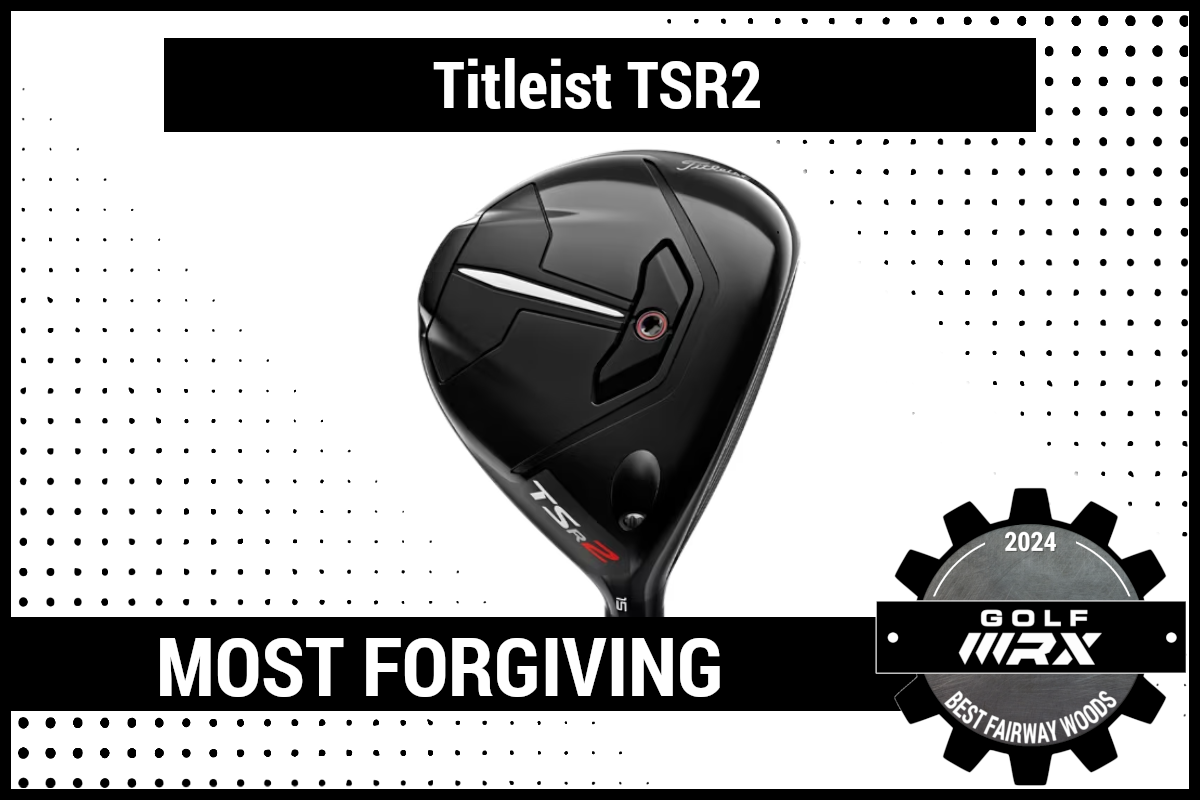
TSR2 fairways feature the lowest CG in Titleist history for an all-steel construction designed to create speed and launch without excessive spin. New Open Hosel Construction created space for sizable improvements to key areas of performance by removing unwanted weight high and towards the heel.
For the full technology breakdown, check out our launch piece.
Again, we can’t thank the fitters enough for their time, and we hope that in your search for your best fairway wood for 2024, we can help you find it!
Best fairway woods of 2024: Meet the fitters
- Adam Rathe: Club Champion
- Adam Scotto: Club Champion
- Adam Seitz: Club Champion
- Aidan Mena: Club Champion
- Alex Dice: Carl’s Golfland
- Alex Praeger: Club Champion
- Ben Giunta: The Tour Van
- Blake Smith, PGA: True Spec
- Bo Gorman: True Spec
- Brad Coffield: Carl’s Golfland
- Brett Ott: Club Champion
- Brian Riley: Club Champion
- Cameron Scudder: Club Champion
- Carmen Corvino: True Spec
- Christian Sandler: Club Champion
- Clare Cornelius: Cool Clubs
- Dan Palmisano: Club Champion
- Dane Byers: Club Champion
- Darren Joubert: Club Champion
- Dennis Huggins: Club Champion
- Drew Koch: Club Champion
- Eric Touchet: Touchet Performance Golf
- Erik Gonzales: Club Champion
- Evan Morrison: Club Champion
- Gus Alzate: True Spec
- Jake Medlen: Stripe Show Club Fitters
- Jake Woolston: Club Champion
- Jake Wynd: Club Champion
- Jay Marino: Club Champion
- Jeremy Olsen: Club Champion
- Jim Yenser: Club Champion
- Joe Stefan: Club Champion
- Joey Simon, PGA: Club Champion
- Jonathan Kaye: Club Champion
- Jordan Patrick: True Spec
- Jordan Rollins: Club Champion
- Kevin Arabejo: Club Champion
- Kevin Downey: Club Champion
- Kirk Oguri: Pete’s Golf
- Kyle Lane: Club Champion
- Kyle Murao: Club Champion
- Marc Roybal: True Spec
- Mark Hymerling: Club Champion
- Mark Knapp: Carl’s Golfland
- Matt Miller: Club Champion
- Matt Rish: Club Champion
- Matthew Gandolfi: Club Champion
- Mike Martysiewicz: Club Champion
- Mike Weis: Club Champion
- Mitch Schneider: Club Champion
- Nicholas Barone: Club Champion
- Nick Sherburne: Club Champion
- Nick Waterworth: Haggin Oaks
- Preston Vanderfinch: Club Champion
- Rick Lane: Club Champion
- Rob Anderson, PGA: Club Champion
- Russell Hubby: Club Champion
- Ryan Fisher: Grips Golf
- Ryan Grimes: Club Champion
- Ryan Johnson: Carl’s Golfland Bloomfield Hills
- Sam Kim: True Spec
- Scott Sikorski: Club Champion
- Scott Felix: Felix Club Works
- Scott Trent: Club Champion
- Sean Pfeil: Club Champion
- Shaun Fagan: True Spec
- Steve Harrow: Club Champion
- Tad Artrip: Club Champion
- Thomas Mattaini: Pull the Pin
- Tony Rhode: True Clubs
- William Buse: Club Champion
- William Cho: NovoGolf
- William Fields: Club Champion
Join the discussion about the best fairway woods of 2024 in the forums.
- RELATED: Best driver 2024: Most forgiving driver
- RELATED: Best driver 2024: Expert club fitters recommend the best driver for your swing speed
- LIKE8
- LEGIT3
- WOW0
- LOL1
- IDHT0
- FLOP1
- OB0
- SHANK10
-
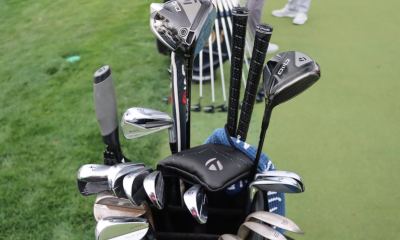
 Whats in the Bag2 weeks ago
Whats in the Bag2 weeks agoScottie Scheffler WITB 2024 (March)
-
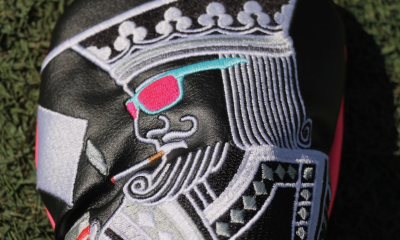
 Tour Photo Galleries3 weeks ago
Tour Photo Galleries3 weeks agoPhotos from the 2024 Arnold Palmer Invitational
-
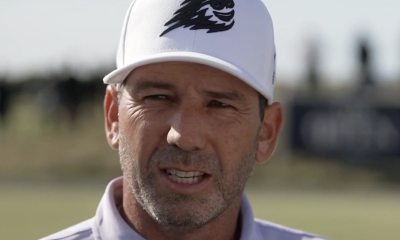
 19th Hole3 weeks ago
19th Hole3 weeks agoThe total sum that Sergio Garcia needs to pay in fines if he wants to return to DP World Tour revealed
-

 19th Hole3 weeks ago
19th Hole3 weeks agoJoaquin Niemann names 3 PGA Tour events he’d love to play each year ‘in a perfect world’
-

 19th Hole3 weeks ago
19th Hole3 weeks ago‘Seems suspect’ – PGA Tour pro hits out at decision to hand Adam Scott and Webb Simpson Bay Hill sponsor exemptions
-
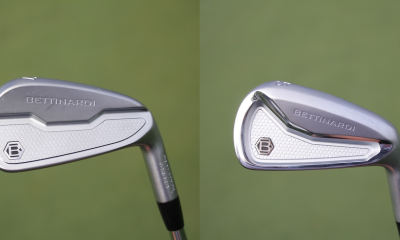
 Equipment3 weeks ago
Equipment3 weeks agoSpotted: Bettinardi irons at the Arnold Palmer Invitational
-

 19th Hole2 weeks ago
19th Hole2 weeks agoPaulina Gretzky opens up on receiving death threats following DJ’s move to LIV Golf
-

 19th Hole3 weeks ago
19th Hole3 weeks agoVincenzi’s 2024 Arnold Palmer Invitational betting preview: Big names ready to pounce at Bay Hill

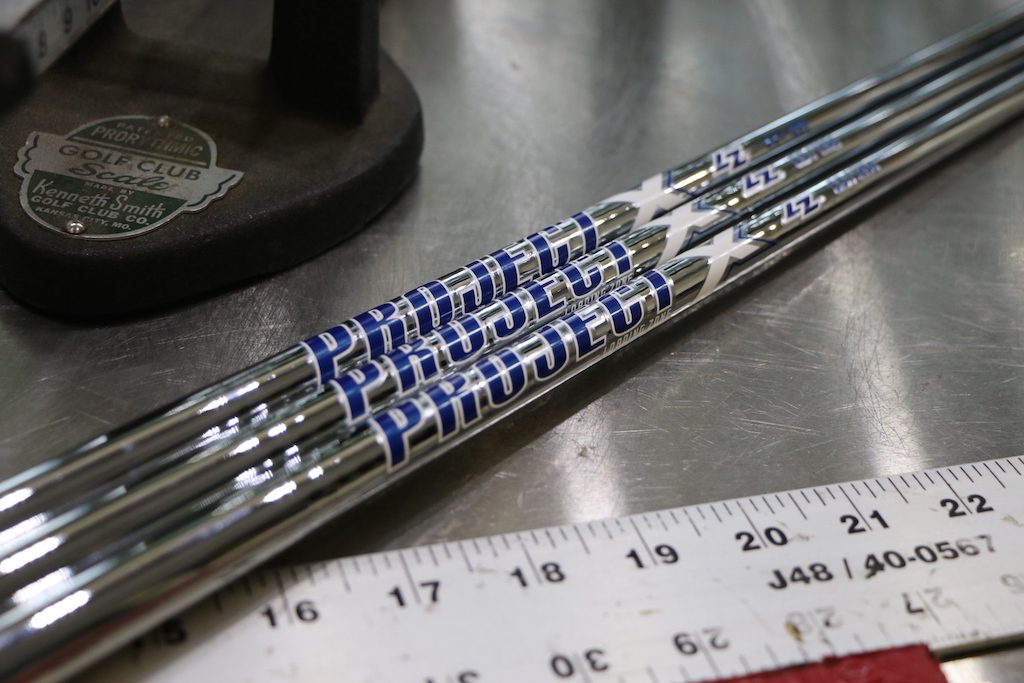
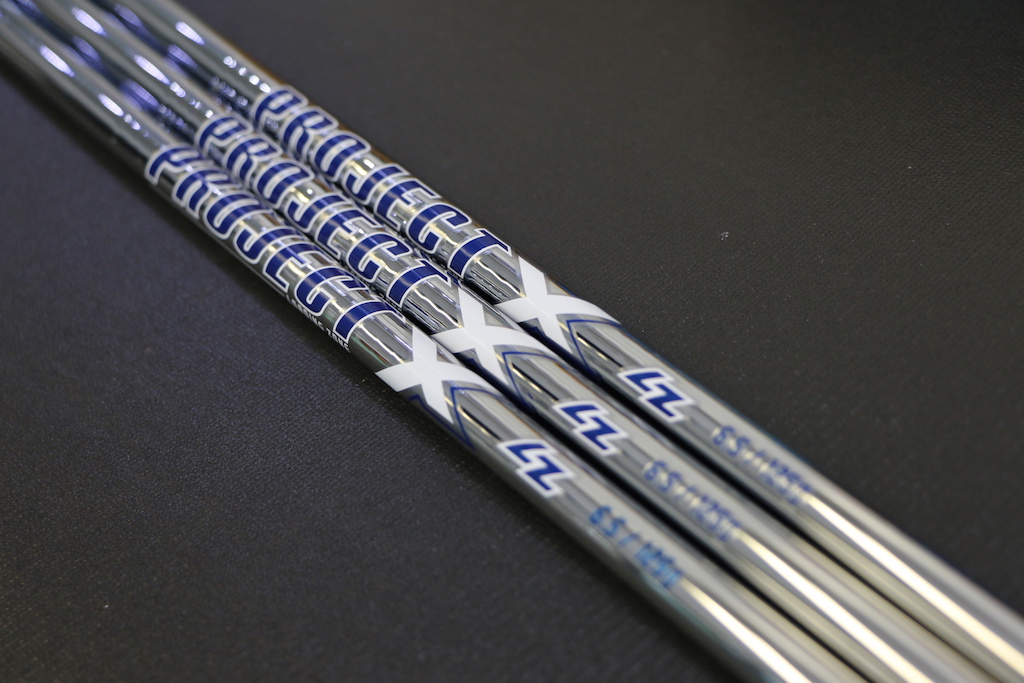








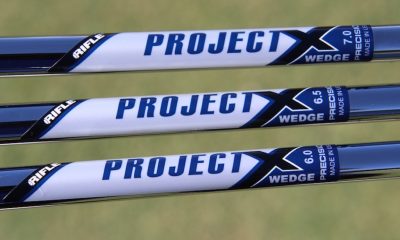

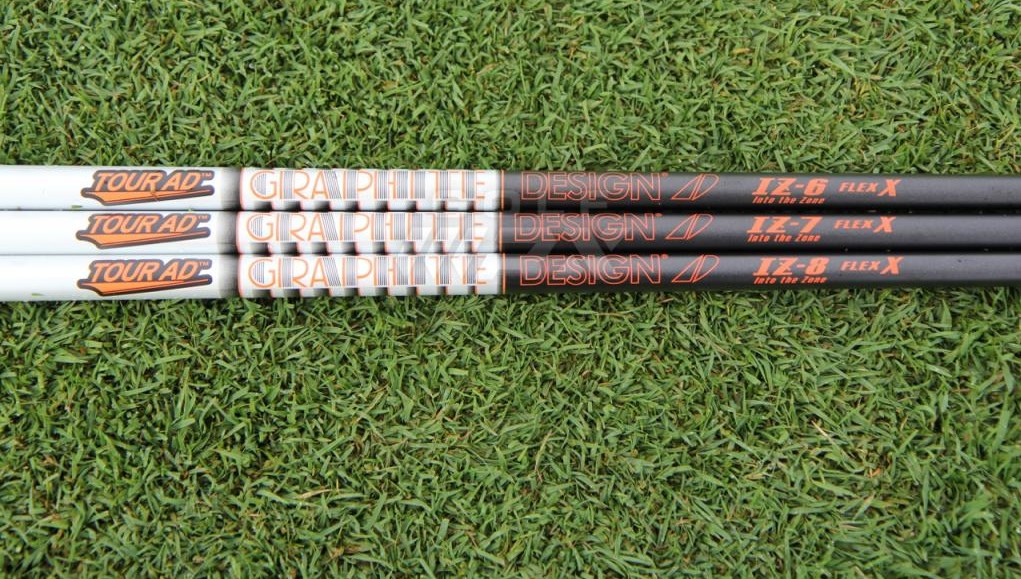
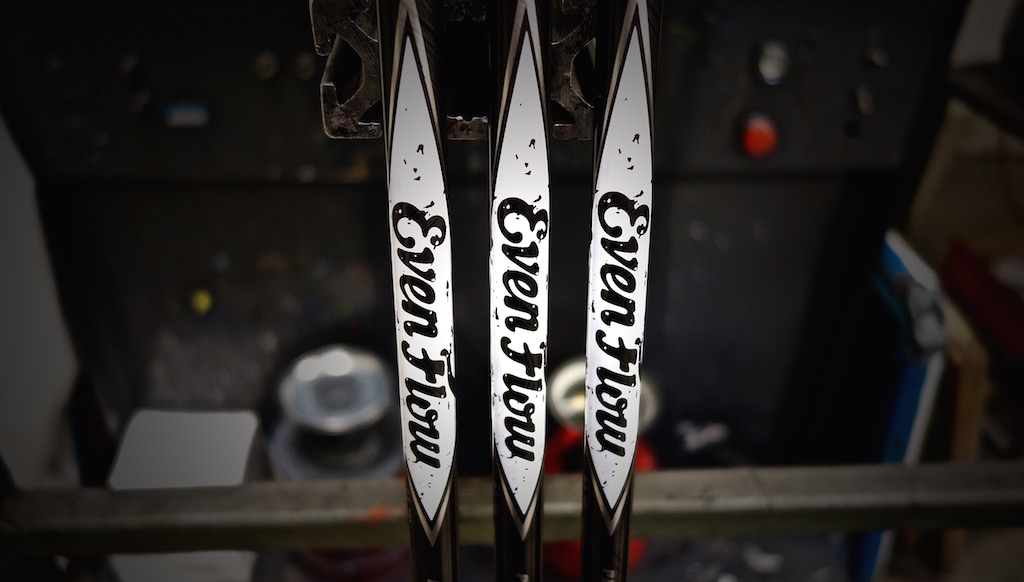










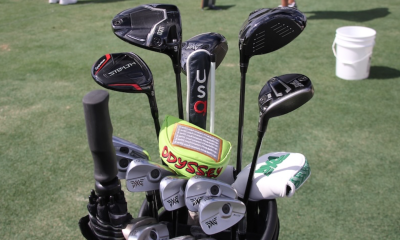

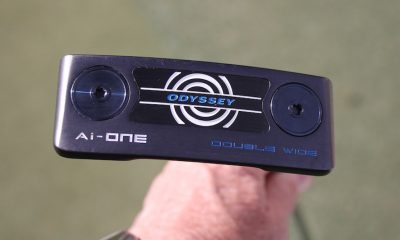

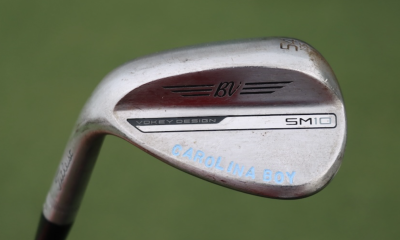

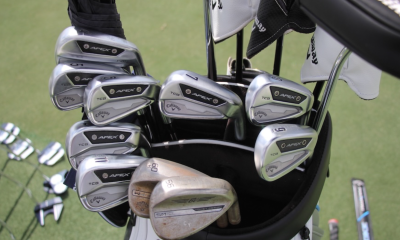

situs casino online terbaik
Apr 6, 2021 at 8:17 am
Thanks a lot, highly appreciated 🙂
Jericho
Jan 22, 2017 at 3:05 pm
I’ve been swinging the 2006 satin finish 6.0 Project x matched with the satin finish 2006 TP MB’s ..my game is a little funny right now but still around 69-72ish ..how would th PX lz compare to my 2006 PX ?
Tom Duckworth
May 22, 2016 at 12:15 pm
Some specs. would have been nice to include. So many factors go into picking the right iron shaft for your swing.
I have good swing speed but don’t load real aggressively so I start with that idea in mind when I look at any shaft . They are for the most part all good shafts just find the one that fits the best is what counts. I don’t really care what the guys on tour play because I don’t swing like them anyway.
Faxon
May 21, 2016 at 6:20 am
Why are you posting this information now, when this shaft is over 2 years old?
Dave
May 20, 2016 at 5:09 pm
125to135 gram shafts ,you would have to have a pretty fast swing speed to hit these all day ,and be fairly muscle bound also . I know personally I would be tired after 12holes trying to swing these.
Joshuaplaysgolf
May 20, 2016 at 5:53 pm
If you’ve ever swung a DG S300, one of the most popular/common shafts, you’ve swung a 130g shaft. It’s a pretty standard weight for steel shafts…with, of course, numerous lighter options available. You seem to think this is only for tour-level and/or burley players and its Titleist’s stock iron shaft. Lol. Even the R300 is 127g. Most people can load a shaft of that weight, it’s a matter of finding the right weight to lock in tempo and your personal preference of swing weight.
Brad
May 20, 2016 at 1:38 pm
Personally, I like the idea, but my favorite shafts are KBS Tour C-Taper. I really want to try out Dynamic Gold AMT, but these look fantastic!
erlybrd
May 19, 2016 at 10:41 pm
Well it sounds like Modus 120. I guess LZs are pretty nice as well. I’d rather have shafts made in Japan though – Nippon.
Dave C
May 23, 2016 at 10:09 pm
It sounds more like the profile of the Modus3 125 version.
LabraeGolfer
May 19, 2016 at 2:02 pm
I think these seem like they are made to compete with the KBS Tours… sounds like a similar profile maybe the Modus3 as previously mentioned as well….
Joshuaplaysgolf
May 19, 2016 at 1:02 pm
I would be really interested to see a testing against these and what, in my mind, sounds like a similar shaft weight/flex point like the Nippon modus3 125’s. Personally, these went in my irons this year and the trajectory and dispersion is phenomenal…but being a wrxer, naturally when I see something new and shiny I want to play with it.
Milo
May 19, 2016 at 10:46 am
I wonder how these would compare to my PXi shafts.
Lp
May 20, 2016 at 2:13 am
Not even the same. PXi is softer tipped. PX is stiff tipped.
golfraven
May 19, 2016 at 9:22 am
When I think of iron shafts played on tour I also thing of KBS and Nippon as well. So just mentioning True Temper is bit far fetched. I understand it is in the context of the article but bit misleading – stop favouring specific brands. I play the PX and would be interested to try the LZ but certainly will also have KBS on my mind.
name goes here
May 19, 2016 at 11:41 am
Considering the article is an interview advertorial piece, why mention the competition? Everyone reading already knows.
Lp
May 20, 2016 at 2:12 am
golfraven,
what in the heck on Earth are you blethering about? True Temper owns PX. So why wouldn’t any writer mention PX with True Temper? It’s the same company.